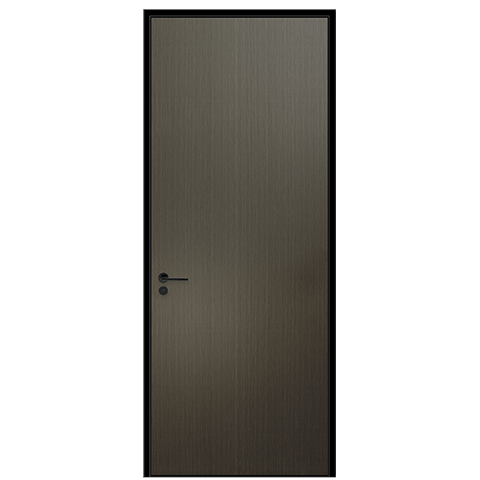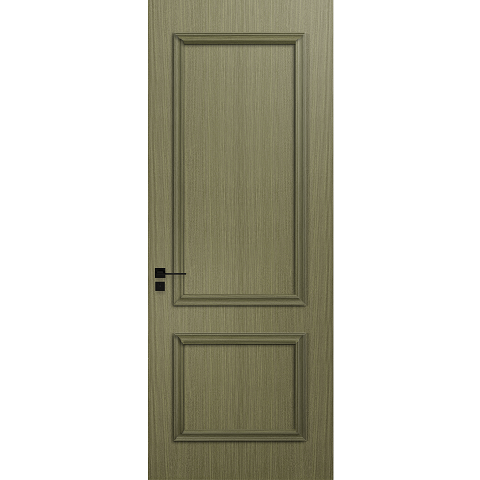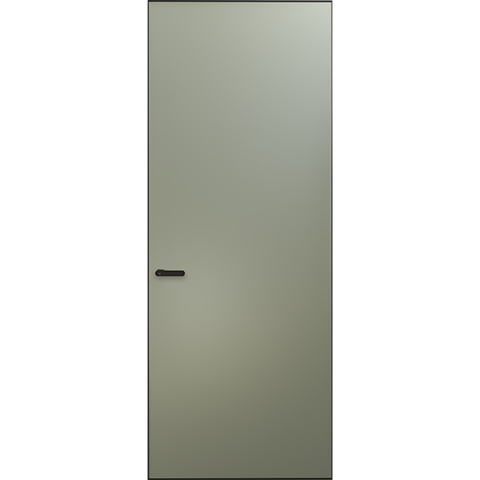How to choose door and window glass to be more soundproof?
"How is the sound insulation?" Many people ask this question first when purchasing doors and windows. This shows two things: one is that the noise pollution is getting more and more serious now, and the other is that people are paying more and more attention to the healthy quality of life.
First, let's understand how sound is generated and propagated
As we all know, sound is produced by vibration. The propagation of sound is mainly through the propagation of sound waves in the medium, and the other is through vibration.
Generally speaking, air is the best medium for sound transmission, but sound cannot be transmitted in a vacuum, so when we shout to the thermos, the echo is very loud, but the sound outside the thermos is very small. This is the reason .
In addition, when the sound wave propagates in the medium, as the distance increases, the energy of the sound wave will gradually weaken, and the sound will gradually decrease. Generally, the medium with higher density is more effective in weakening the sound wave, such as metal, concrete, etc.
Therefore, for door and window glass, the means of sound insulation mainly include the following aspects
1. Vacuum glass
This has been said above, if only from the perspective of glass, vacuum glass can definitely achieve sound insulation. However, although the technology of vacuum glass is relatively mature, it is not widely used. First of all, the cost is very high, and then it is easy to leak and cause failure. The most important thing is that the performance is greatly reduced after failure, and its thermal insulation is not as good as that of ordinary insulating glass. . Therefore, the use of vacuum glass to achieve sound insulation of doors and windows is not mature enough.
2. Insulating glass
When a sound wave propagates from one medium to another medium, at the interface between two media with different densities, part of the sound wave is directly reflected back to the original medium, while the other part of the sound wave produces scattered reflections at the interface with different acoustic impedances, causing scattering Attenuation, the last part of the sound volume continues to propagate in another medium through the interface, this is the process of insulating glass sound insulation.
So, is it that the more the central control layer is, the more soundproof it is?
In fact, it is not. As mentioned above, there are too many hollow layers, which are prone to resonance, especially low-frequency sounds, such as subwoofer sound, tire friction, whistle sound, etc., so we think that the ideal soundproof glass is three-layer glass. , Two layers of hollow. The size of the hollow spacer has little effect on the sound insulation performance. The distance of a few millimeters can be ignored for the attenuation of sound waves. Generally, the spacer of 12 to 14 is more reasonable.
In addition, in order to reduce resonance and attenuate sound waves, we now have a plan, so that the size of each layer of the three-layer two-hollow glass is different, and then the thickness of each layer of glass is different, preferably glass from different manufacturers , In this case, it should have a certain effect on sound insulation, but this solution is still in the laboratory stage, and there is still some difficulty in actual operation.
Insulating glass filled with argon has a certain effect on sound insulation, and the sound insulation performance can be improved by almost 10%. This is mainly because argon, an inert gas, has a lower density and lower molecular weight than air, and the vibration of sound waves is limited to a certain extent. Xenon gas or krypton gas may work better, but it is too expensive. In addition, the current insulating glass process can only maintain the presence of inert gas in the glass cavity for two or three years. Therefore, the use of argon sound insulation still has certain limitations.
3. Laminated glass
Laminated glass is a layer of transparent film material sandwiched between two layers of glass, such as pvb laminated film with polyvinyl butyral as the main component, or kk superelastic laminated film with high polymer as the main component, etc. Wait. Usually, laminated glass is used for explosion-proof, but at the same time, the sound insulation effect of laminated glass is also very significant.
The internal friction and heat conduction between particles in the sound medium will cause corresponding attenuation, namely absorption attenuation or viscous attenuation. That is to say, the laminated film will make the sound wave work when it encounters obstacles and convert it into heat energy, thereby weakening the sound wave energy, so the sound insulation function of the laminated glass is relatively strong, and it is relatively simple to implement and the cost is not high.
From the above analysis, we can draw the following conclusions
1. The choice of glass has a great influence on the sound insulation performance of the entire window.
2. The current mainstream glass sound insulation technology is hollow and laminated, and the best solution is four-layer glass (two layers of hollow and one layer of laminated).
3. The sound insulation technology of glass is still being explored, and it is believed that there will be better solutions in practice in the future.
 Hot Recommendation
Hot Recommendation
 Latest Products
Latest Products



